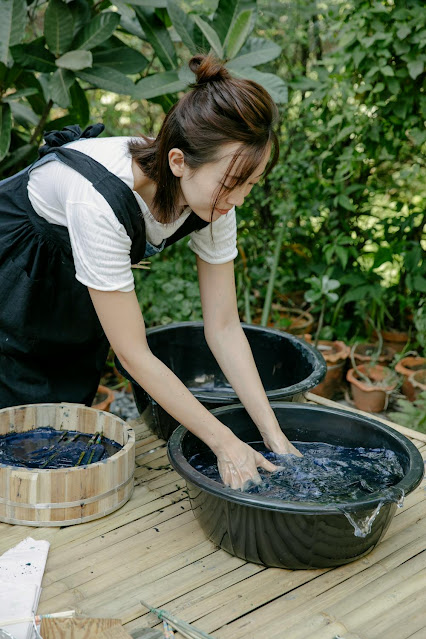The Future of Fashion
On one hand, there's exciting potential. On the other, the harsh truth is that unless governments and key industry players take real, positive action, the future of fashion may continue to reflect exploitation, environmental damage, and a disregard for ethical standards.
For too long, there has been global negligence when it comes to workers’ rights, toxic chemicals, environmental health, and animal welfare. A lack of universal rights and regulations has allowed the fashion industry to ignore the true cost of its practices. Despite high-profile conferences and promises, I’m still left asking: Will sustainable fashion truly be sustainable for the future?
Glimmers of Hope: Innovation and Alternatives
One exciting prospect is the movement to replace cotton—a widely used fabric with significant environmental and ethical issues—with alternative materials made from fruit. Bananas, pineapples, and coconuts are being explored as sustainable sources for textile production. These materials resemble canvas and could reduce the need for harmful cotton plantations.
Artist Erin Smith took this idea further by creating a wedding dress grown from fungus. Although she didn’t wear it, the dress served as a powerful art piece, grown in just six days using mycelium (the root system of mushrooms). She sourced her materials from Ecovative Design, a leading biomaterial company that creates eco-friendly alternatives not only for fashion but also for building materials like plywood and fibreboard—traditionally filled with harmful resins. Her work shows that sustainable fashion is not only possible but already happening.
Another game-changing technology shaping the future is 3D printing. Visionary designer Iris van Herpen has embraced this innovation, saying:
“The first time I used 3D printing, it completely changed my thinking. It freed me from all physical limitations. Suddenly, every complex structure was possible and I could create more detail than I ever could by hand.”
Digital Fashion Weeks and Smart Fabrics
Fashion itself is becoming more fluid, with digital fashion weeks being proposed—streaming collections all year round, much like 24-hour news. This shift could cut down waste and promote inclusivity, allowing more people to access fashion without the environmental footprint of traditional shows.
And as technology evolves, smart fabrics are emerging—clothing that can count steps, track calories, or even respond to the environment. As smart phones become standard, smart fashion could soon follow, blending style with practical function and data.
The fashion industry is at a turning point. If real change is to happen, it must start with accountability—governments and major stakeholders must stop resisting necessary reform. Sustainable fashion isn’t just about materials; it's about a complete rethinking of systems, labor, consumption, and ethics.
Still, amidst the challenges, I see hope. Innovations like fruit-based fabrics, fungal textiles, 3D printing, and smart clothing give us a glimpse of a better, fairer future. The question now is: will the world embrace these solutions before it’s too late?



.jpg)




.jpg)
.jpg)

.jpg)










